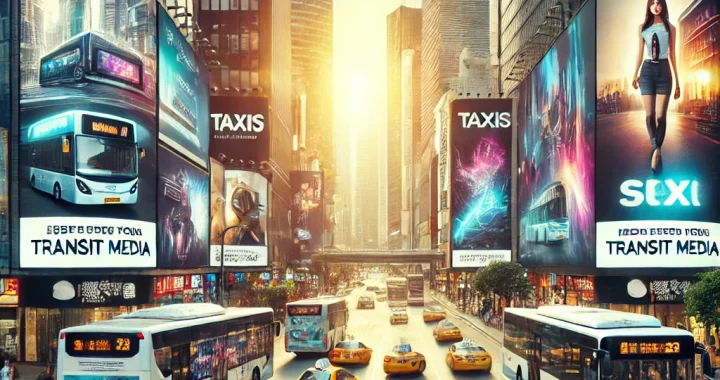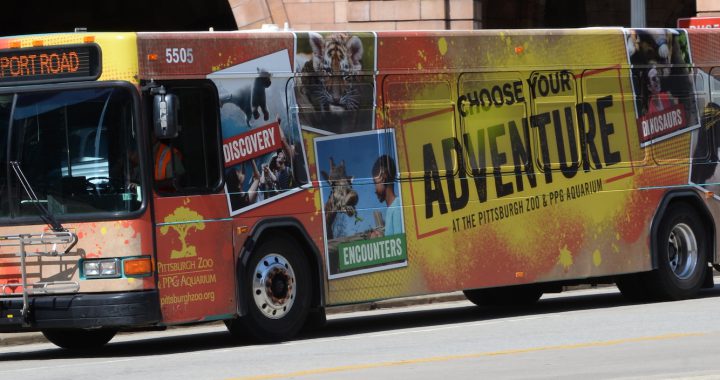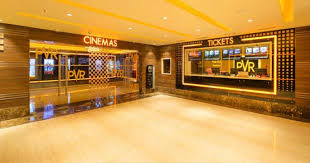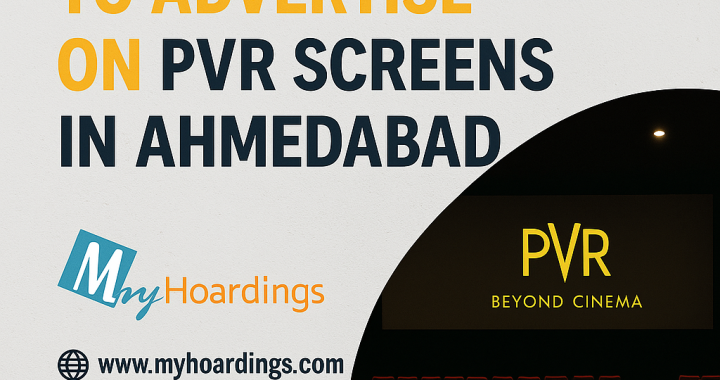What are the restrictions for in India commercial vehicles?
2 min read
Advertising on commercial vehicles in India can be an effective way to reach a large audience, but there are specific regulations and restrictions that businesses must adhere to. These rules are designed to ensure safety, compliance, and public welfare.
Traffic management is becoming a significant problem throughout the world. All major cities of India, including Delhi (NCR), Mumbai, Bangalore, Chennai, and Hyderabad, have restricted the movement of heavy commercial traffic during peak hours as city traffic gets affected due to their bulky size and speed limitations. One such step taken is the “No Entry” restriction of commercial vehicles during peak hours. Learn how this has affected the transport industry and has made the last-mile delivery of goods, a big challenge. Read the full blog by Shashank Verma (Are there Restrictions for Commercial Vehicles in India?)

estrictions to ensure safety, legal compliance, and effective communication. By understanding and adhering to these guidelines, businesses can leverage vehicle advertising while minimizing risks and avoiding potential legal issues.
At MyHoardings, we offer expertise in navigating the complexities of vehicle advertising, ensuring that your campaigns comply with all relevant regulations. Contact us today to learn more about our services and how we can help you effectively advertise on commercial vehicles.
Name of 5 Cinema Companies that Provides Advertising
|
















